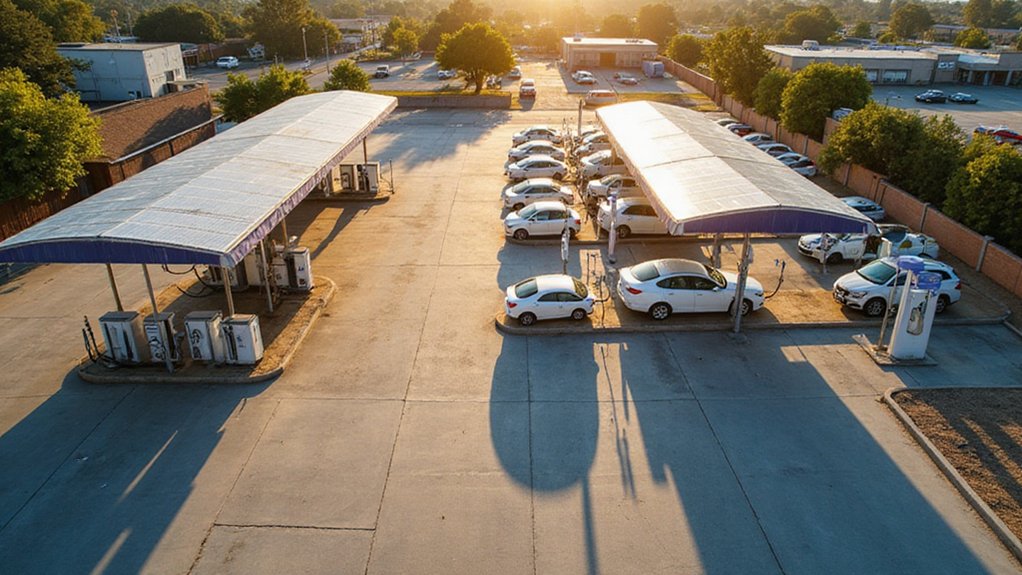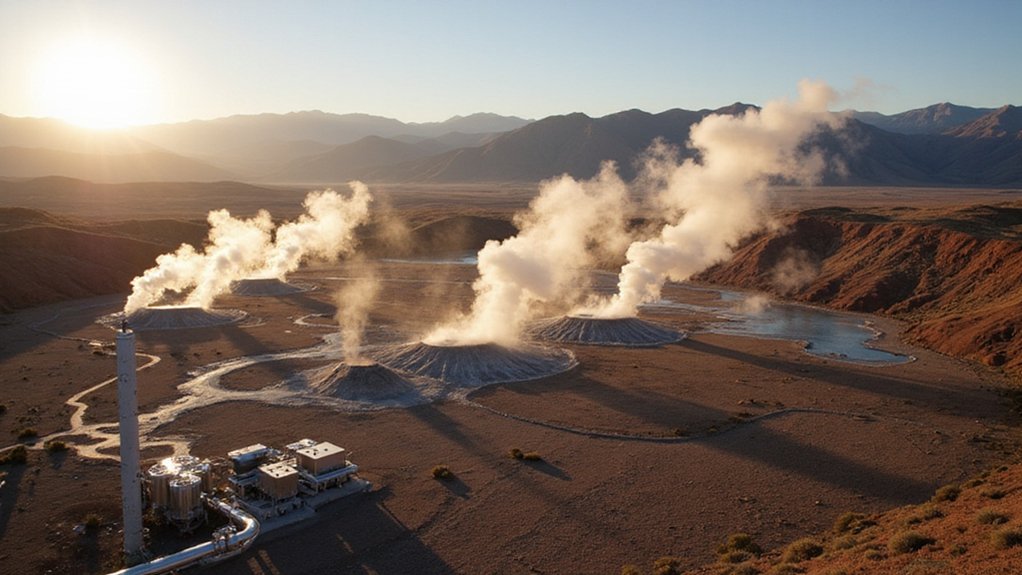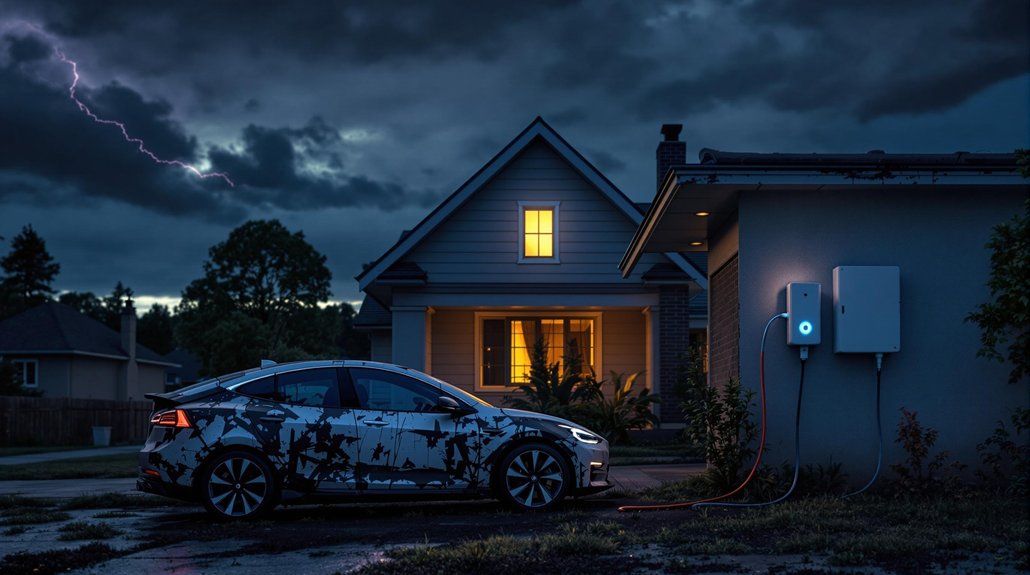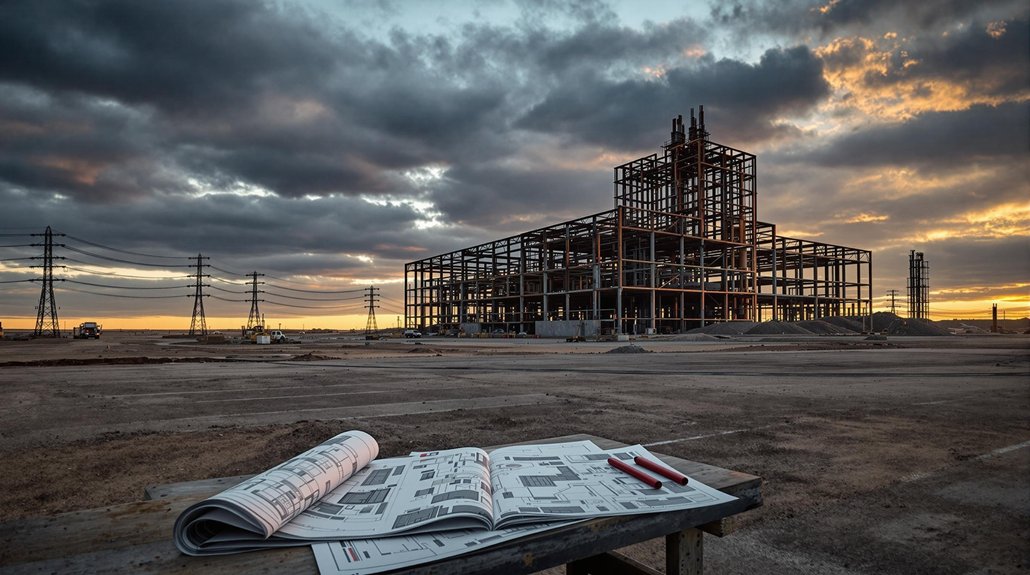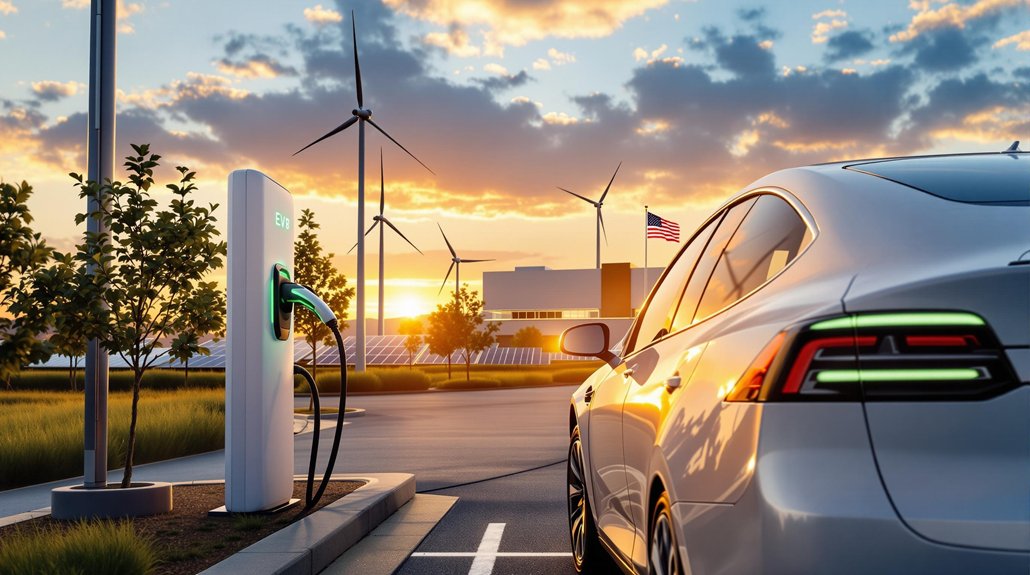While gas stations have dominated California‘s roads for decades, the state’s electric vehicle chargers now outnumber gasoline pump nozzles by a wide margin. California reached 178,549 public and shared private EV chargers statewide in 2024, marking a 48% surplus over the estimated 120,000 gasoline nozzles across the state.
This milestone represents the first time EV infrastructure has decisively eclipsed gas pump access statewide. The network includes over 162,000 Level 2 chargers and nearly 17,000 fast chargers. These numbers don’t include more than 700,000 additional Level 2 chargers installed in single-family homes.
California’s charger network has expanded dramatically, nearly doubling since 2022. The state added 73,537 chargers to its data set in 2024, with 38,000 newly installed that year. The remaining 35,554 chargers were identified as operational but installed before 2024. This rapid growth aligns with the global trend where EV sales increased by 25% in 2024, totaling over 16 million vehicles worldwide.
The last public update before this milestone occurred in August 2024, when the count showed 26,193 fewer chargers. This represents an increase of approximately 26,000 additional publicly accessible EV chargers since that time.
The California Energy Commission’s improved data-tracking system now aggregates multiple sources for better accuracy. This enhanced methodology captures a more complete picture of the statewide charging infrastructure that was previously undercounted.
The rapid expansion supports California’s growing EV market. Over 2.2 million cumulative new EV sales were recorded by the end of Q4 2024. The state saw 2,213,296 total EVs sold in 2024, up from 1,769,922 in 2023.
Most of the public and shared private network consists of 162,178 Level 2 chargers suitable for overnight or workplace charging. The 16,971 DC fast chargers available provide rapid charging for longer trips.
The state continues targeting expansion in underserved and remote areas, focusing on both urban convenience and rural accessibility. The California Energy Commission leads investment in expanding EV infrastructure, with continued prioritization of funding for charging stations in hard-to-reach communities. California approved a $1.4 billion investment plan in December for zero-emission transportation infrastructure.
State officials view the infrastructure growth as critical for new car buyer confidence and see it as a main driver in shifting consumer automotive preferences. The governor has highlighted how the state’s approach contrasts with perceived federal policy trends regarding charging infrastructure.
References
- https://www.gov.ca.gov/2025/03/20/california-now-has-48-more-ev-chargers-than-gasoline-nozzles-in-the-state/
- https://www.energy.ca.gov/news/2025-03/california-exceeds-178000-electric-vehicle-chargers
- https://electrek.co/2025/03/21/california-50-percent-more-ev-chargers-than-gas-nozzles/
- https://www.cpapracticeadvisor.com/2025/03/27/california-now-has-more-electric-vehicle-charging-ports-than-gas-pumps/157939/
- https://www.veloz.org/ev-market-report/
